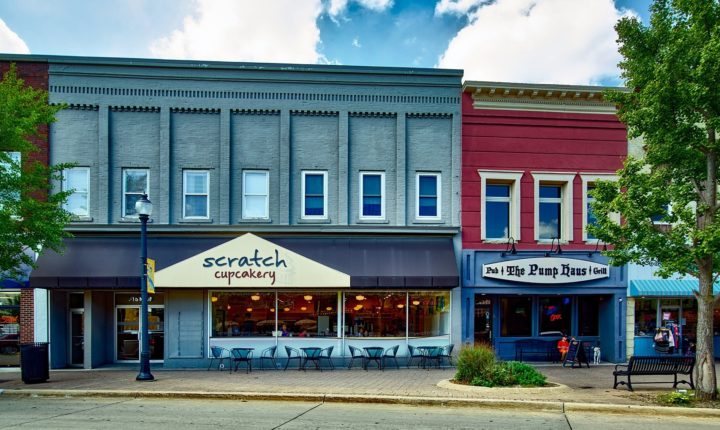| Just the Peaks
This newsletter, at a glance
|
Rentals and retail are experiencing a boom
A detailed look at the impact of low unemployment
Back in May, United States unemployment reached its lowest point in nearly 50 years, clocking in at an impressive 3.6%. While the rate increased slightly in subsequent months, such a robust economy has improved real estate demand across the board.
Positive job growth tends to increase demand for Class-A and Class-B rentals, as people are willing to spend more each month. But despite job availability, U.S. wage growth has stalled, giving Class-C the biggest surge. Brick-and-mortar retail and multifamily apartments are now experiencing the lowest vacancy rates in years. Investors and
developers couldn’t be happier with the results.
In jobs we trust?
Real estate brokerage Marcus & Millichap released a new report exploring the “surge of leasing activity” happening in the Class-C market. “Unemployment hit its lowest point in almost 50 years in May, coming in at 3.6%,” says Benjamin Paltiel of Bisnow. “Though the metric ticked up to 3.7% for June and July, a solid July jobs report kept economists saying that the U.S. may be nearing full employment.”
Investors have been focused mostly on suburban multifamily apartments and similar Class- C properties. While luxury buildings bring in a pretty penny, lower-end rentals are giving investors the biggest bang for their buck—especially when they budget for renovations. Even just a small kitchen or bathroom makeover can make hundreds of dollars of difference each month.
Strength in numbers
1.03 million New jobs added between January and June
3.0% Recent annual wage growth
3.7% Unemployment rate at the end of 19Q2
3.5% Class-C vacancy rate at the end of 19Q2
328,000 Annual new units needed before 2030
**Research provided by Marcus & Millichap and G5
Tapping the right tenants
According to the report, areas with particularly high job growth are seeing the most promising results. Suburban neighborhoods in Georgia, Florida, Texas, North Carolina and South Carolina are most notable, although opportunities can be found everywhere.
“Markets like New York City have already been juiced” says John Krueger of Marcus & Millichap. “You move out of the city 15, 20 miles, though, you see there’s more value to be squeezed out.”
Under the Trump administration, most new jobs seem to classify as low- to middle-income, making Class-C rentals most desirable. Even though wage growth has been slower to improve (climbing about 3% annually), the general rule is—the better the economy, the
better the salary.
Americans shop till they drop
Put the situation into another perspective: jobs have grown consistently for 106 months. Apparently, this is the longest ‘streak’ on record, and in wake of such success, retailers are also enjoying their own mini renaissance.
Just last year, economists worried about the future of brick-and-mortar retail (given the impact of ecommerce). But with more and more Americans back to work, those concerns have dwindled, if not disappeared. In fact, ‘experience-based’ businesses—such as spas, gyms, restaurants and salons—continue to grow.
Bisnow reports that in 2016, for the first time in history, consumers spent more money at restaurants than at grocery stores. Food and beverage remains a huge segment of all retail dollars spent, hovering at about 25%. As owners seek to fill empty retail spaces, establishments with prepared food are preferred over groceries.
All in all, the nation’s low unemployment rate gives the figurative ‘green light’ for investors hoping to expand their Class-C portfolios. From developers to contractors to shareholders, everyone can indulge in a piece of the pie. But buyer beware: in times of economic growth, it’s important to remain cautious.
Krueger says getting too comfortable can be a sign of looming recession. “We need to remember how the markets crashed 10 years ago so we can be smart with our money.”
As always, trust Everest Equity to guide you confidently to the summit.
Everest says: Class-C investments get an ‘A’




